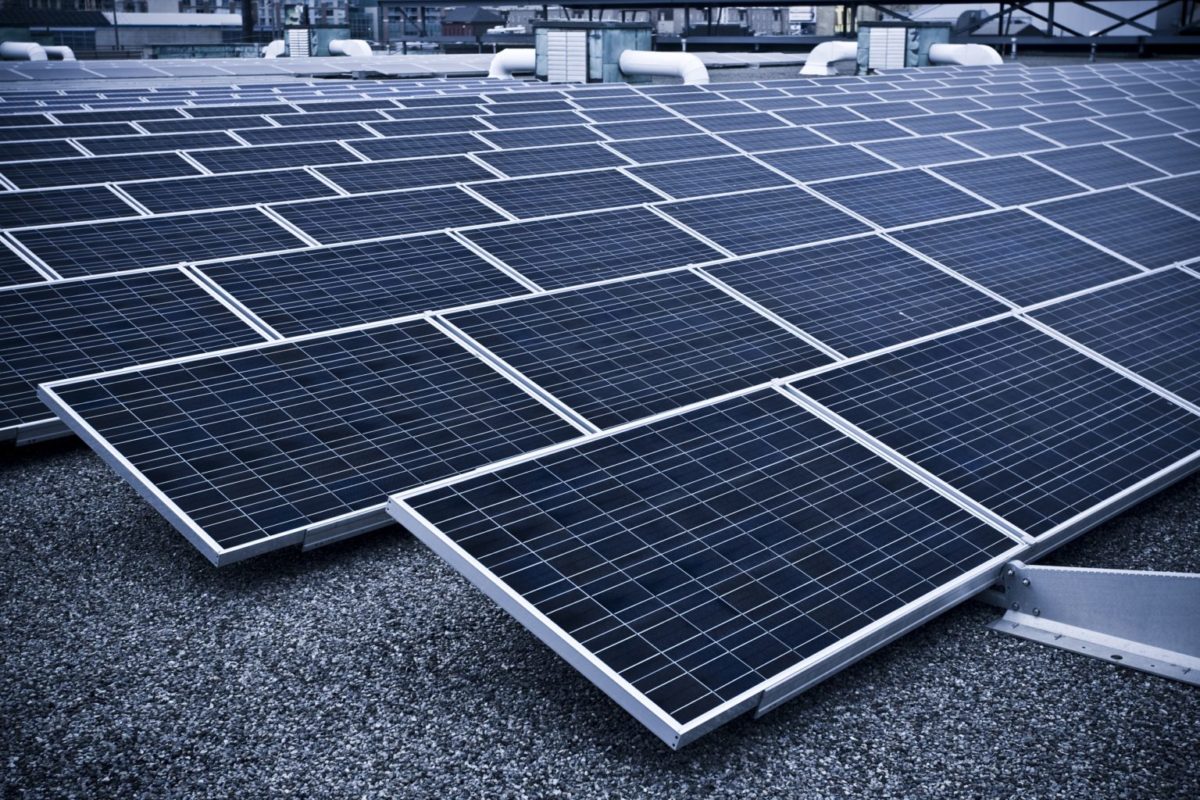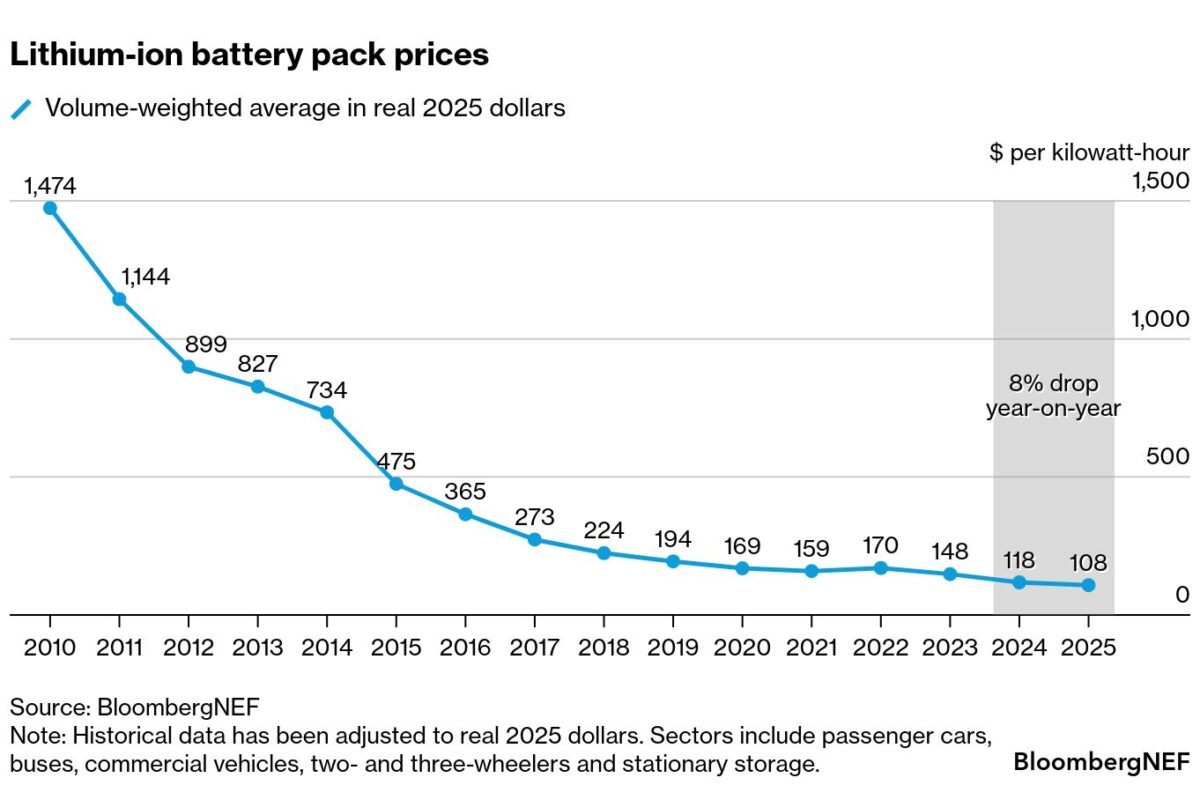From pv magazine USA
The US Inflation Reduction Act (IRA) could become a transformative document, enabling a grand experiment in energy generation at a national level, according to a new report by Credit Suisse. It believes that the United States has an opportunity to become a global leader in clean energy, much like it is already in the fossil industry.
Among the many ideas discussed in the document is a striking prediction – there may be solar power projects whose levelized cost of electricity (LCOE) drops below a penny per kilowatt hour, bottoming around $0.004/kWh ($4/MWh) in 2029. We could see these prices as soon as 2025, and they could persist beyond 2030.
If we combine a few data points, we can see how this number is possible – and might even have room to go lower. First, the IRA will pay solar panel manufacturers up to $0.18/W when manufacturing modules. Each item along the module supply chain gets a piece – polysilicon, wafers, cells and modules.
Consider that it has only been a few years since First Solar told Bloomberg that their manufacturing costs were around $0.20/W – with the IRA, they’re on a pathway to a $0.02/W product. Since First Solar has nearly sold out for the upcoming few years, and may not feel enough pressure to reach pricing that low, this author doesn’t expect the most extreme lows to materialize. But according to this report, there are plenty of other solar module manufacturers that could get to an essential cost of $0.06/W to §0.10/W.
The lowest number could be pushed upward by demand, as some market projections suggest that we could see 100 GW of solar demand by the end of the decade.
The report also suggests that the United States might become a net exporter of solar modules to the global market, while pushing our natural cost of manufacturing modules toward $0.20/W near the end of the 2030s. That is still 33% greater than estimates for China’s estimated costs (per the chart, above).
Second, we have to layer on the Production Tax Credit (PTC). For 10 years after a project is constructed, it will receive an inflation adjusted tax credit for every kilowatt-hour generated. Larger projects tend to take the PTC in lieu of the Investment Tax Credit, mostly due to project scale and capacity factor.
Additionally – we can increase the PTC two times, by about one-third each time. The first increase will come from modules manufactured with domestic content, and the second will come from building solar in energy communities.
When we combine the cheap IRA solar panels with the PTC, we’ll start to see domestic solar power PPAs at $0.00/kWh at some point in the second half of the decade. PPAs below zero have happened before.
It is clear why Credit Suisse spent more than a hundred pages going far beyond just wind and solar in its report. That includes a lot of discussion about cheaply manufactured green hydrogen as well. Will the hydrogen be produced with $0/kWh solar? Hydrogen will have its own additional incentive of $3/kg.
*The article was amended on October 17 to reflect that the expected LCOE for large scale solar by 2029 is $0.004/kWh.
This content is protected by copyright and may not be reused. If you want to cooperate with us and would like to reuse some of our content, please contact: editors@pv-magazine.com.



You wrote:
$0.04/kWh ($4/MWh) in 2029
You wanted to write (one zero was missing):
$0.004/kWh ($4/MWh) in 2029
Thanks for spotting that. It appears the figure got a little chewed up in the editing process but $0.004/kWh ($4/MWh) is correct and the copy above has been amended accordingly.